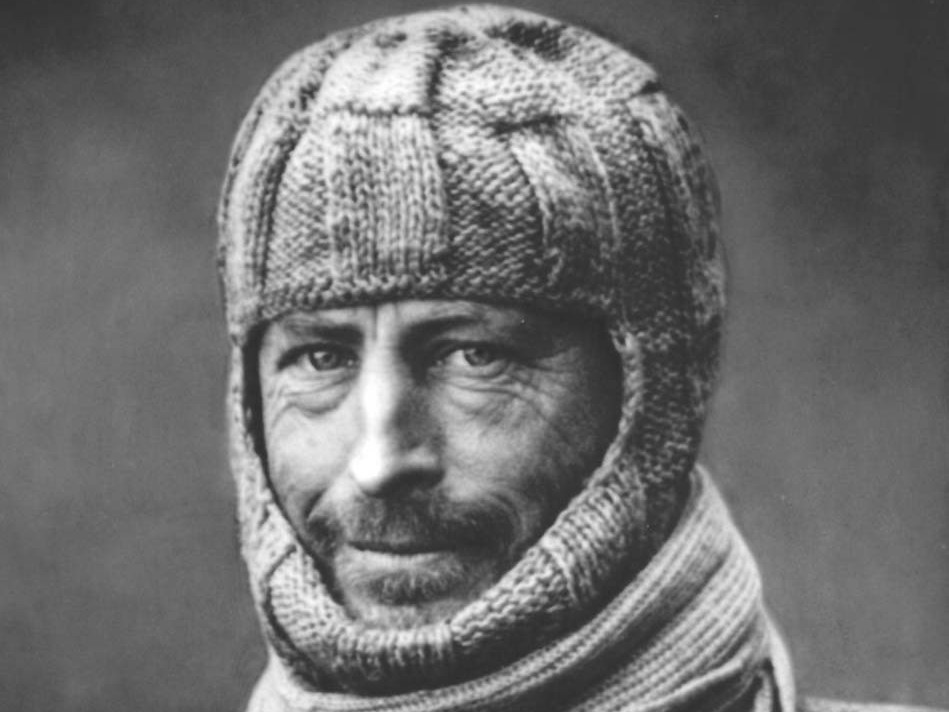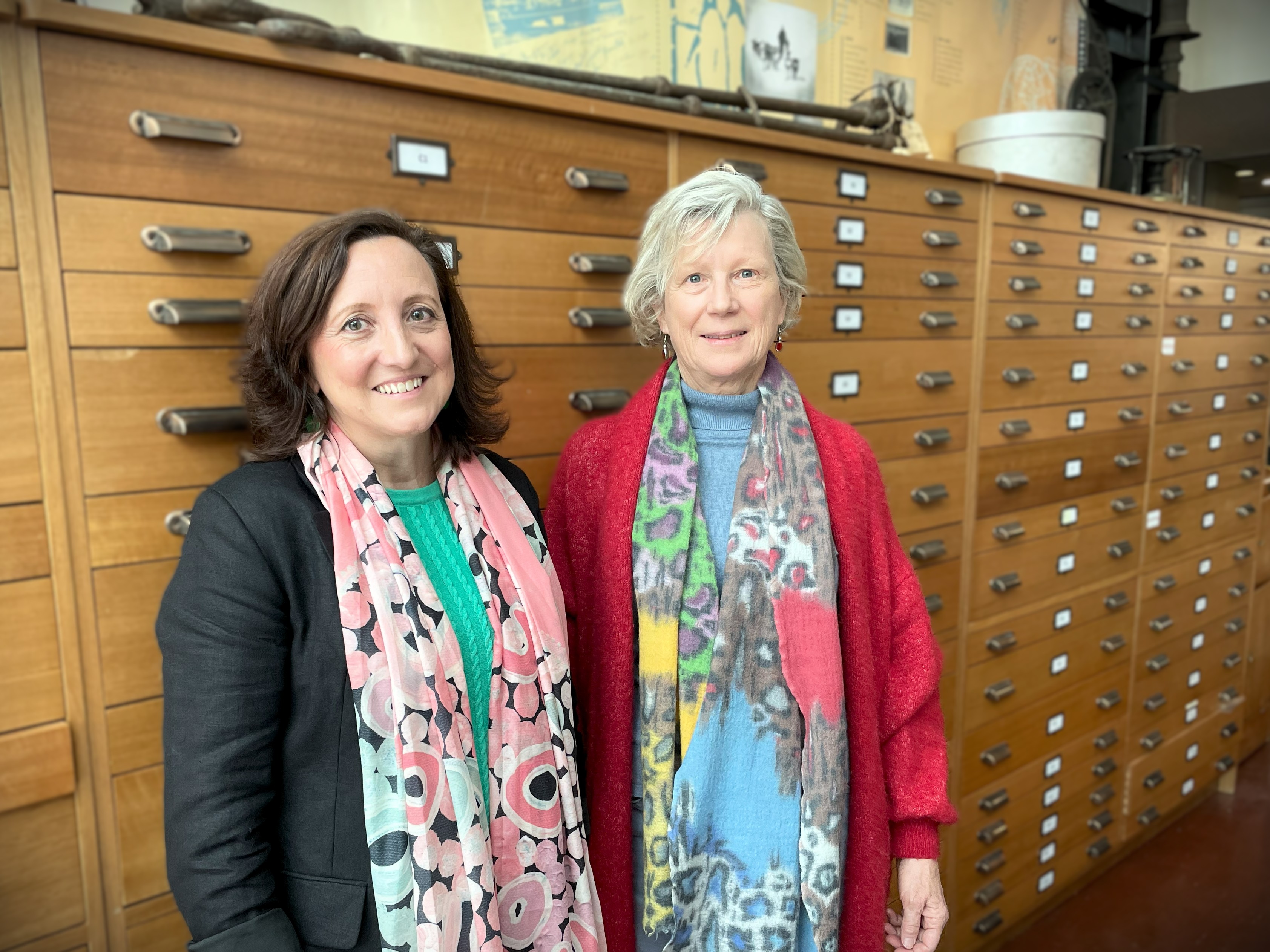
A partnership between the South Australian Museum and the online encyclopedia Wikipedia has led to a remarkable increase in interest about polar explorer Sir Douglas Mawson.
The newly updated Wikipedia page on Sir Douglas (1882-1958, pictured above) and related articles have generated 1 million reads in just a few months.
It followed a grant to the Museum from Wikimedia Australia and the appointment of an editor residency – called a Wikimedian-in-Residence – at the Museum between June and September this year.
The project worked in tandem with a long-term Museum project to transcribe and digitise Sir Douglas’s unpublished diaries, which mostly document his field trips within Australia and particularly South Australia.
The field trips, often with geology students from the University of Adelaide, explored the geology of locations as varied as the Finders Rangers, the state’s South East and Central Australia.
Wikimedia Australia Executive Officer Belinda Spry said the online encyclopedia often partnered with institutions like the Museum to make sure its entries are as accurate as possible.
“We’re able to reach the whole globe,” she said, “and if you google Douglas Mawson his Wikipedia page is the first to come up.
“Everyone knows about his polar expeditions but there wasn’t much information about his work in the arid lands.
“The editing finished last week [September]and so far we’ve had almost a million views. The project only started in June, so it’s been a great team effort. It also drives web traffic back to the South Australian Museum website to find out more.”

Mark Pharaoh, who is Senior Collection Manager for the Museum’s Australian Polar Collection said the Wikipedia update was perfect for improving the understanding of Sir Douglas’s legacy.
“It’s the best, let’s face it,” he said of Wikipedia. “I use Wikipedia all the time and they have a phenomenally high standard. I’m a big fan.”
Mark said the public’s knowledge of Sir Douglas was obviously skewed towards his work in the Antarctic, but his legacy was much greater.
He said Sir Douglas extensively surveyed Australia’s geology on the field trips and educated generations of new geologists.
“Mawson’s field work (at home in Australia)was his bread and butter,” he said. “And that was the thing for me with this Wikipedia update – it was able to add relevance to a lot of important work that was otherwise being missed.”
Wikimedian-in-Residence Melanie Smith said the page had tripled in length to almost 9,000 words since the project began. She also edited related articles such as the Flinders Ranges, Ediacara Hills, Ikara–Flinders Ranges National Park, Mount Gee, and Paquita Mawson.
“These covered quite a wide variety of topics which were related in some way to Mawson and his work, people he worked with, places he travelled to, and family members,” she said.
“The focus was on the Australian work, but some additions, clarifications, and general tidying work were done on his Antarctic expeditions as well.
“Other improvements include enhancing textual content by adding links, citations and info boxes, raising the ratings, readability and visibility of the articles.”

Belinda said she wasn’t surprised about the response to the updated pages – after all, Sir Douglas is one the nation’s greatest explorers.
“For me it’s the sense of adventure; going out and seeing what’s there,” she said.
“If you’re interested in history, it’s fascinating; if you’re interested in geology, it’s fascinating; and if you’re interested in travel, it’s fascinating.”
Mark agreed.
“There’s a lot of grey nomads out there who want to follow in his footsteps,” he said.
Follow the link to the Wikipedia page.
You can also read more about Sir Douglas Mawson on the Museum’s Australian Polar Collection page.